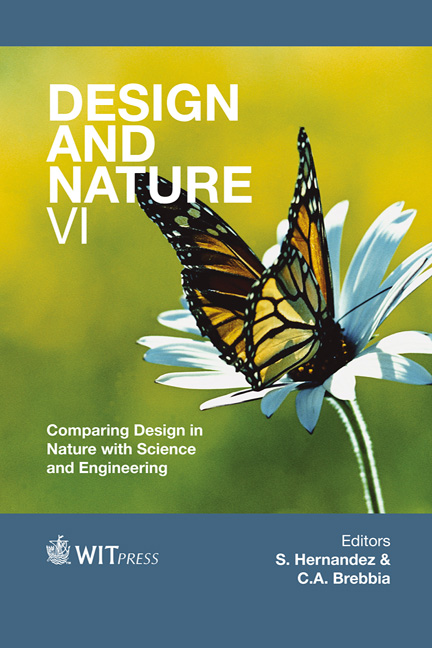Natural Systems In Building Integrated Aquaculture Design
Price
Free (open access)
Transaction
Volume
160
Pages
7
Page Range
87 - 93
Published
2012
Size
1,951 kb
Paper DOI
10.2495/DN120081
Copyright
WIT Press
Author(s)
D. Damery, J. Webb, A. Danylchuk & S. Hoque
Abstract
Aquaculture as a source of fish protein will continue to rise in importance in the coming decades. There exists the potential to develop Building Integrated Aquaculture (BIAq) incorporating holistic design approaches that will efficiently couple closed-loop aquaculture systems with the built environment. These integrated systems will become necessary if we are to develop local sources of food supply close to urban markets in temperate climates. This paper analyzes the role of nature in the design of such systems. We draw on the principles of Ecological Design to describe the role that natural systems can play in optimizing the performance of BIAq systems. We also incorporate a systems thinking approach in the context of BIAq design. A review of the literature analyzes the interaction of technical and natural systems in BIAq where the specific considerations for aquaculture production must be considered in concert with sustainable design of the built environment. Three main design issues will be explored: 1) Energy efficiency and the interaction of water mass with passive solar design including consideration of building envelope materials, space heating, water heating, and lighting demands; 2) Humidity control and natural ventilation; and 3) Natural hydroponic systems to close the nutrient loop with the aquaculture production systems. Design strategies are described and recommendations are provided. Keywords: aquaculture, building integrated aquaculture, passive solar, natural systems, energy efficiency, humidity, natural ventilation, waste recycling.
Keywords
aquaculture, building integrated aquaculture, passive solar, natural systems, energy efficiency, humidity, natural ventilation, waste recycling.





